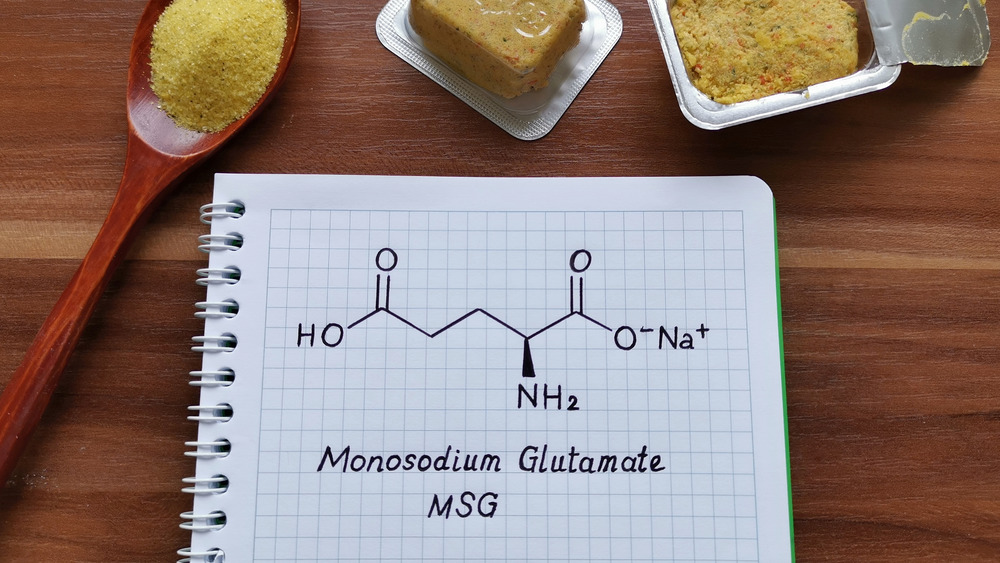Is MSG Really As Bad As You Think?
For years, people have been warned away from eating MSG in foods. In fact, it's easy to find items on the grocery store shelves that tout "no MSG" included as a selling point. What is it about MSG that is supposed to be bad for your body, and is it true?
Monosodium glutamate is the full name of MSG, and it's a combination of sodium and an amino acid named glutamate, according to WebMD. Glutamate is naturally found in some foods, including soy sauce, aged cheese, and tomatoes.
Some people report that eating MSG, commonly found in Chinese food, causes reactions like headache, flushing, sweating, numbness or tingling in the face and neck, heart palpitations, nausea, weakness, and chest pain, according to the Mayo Clinic. From the late 1960s to the 1990s, MSG was even added to the list of headache triggers by the International Headache Society (via U.S. News and World Report).
What does science say about MSG?
But studies since then have shown that there are no negative effects from eating MSG. Starting in the 1990s, researchers conducted thorough studies of the product, and the Food and Drug Administration concluded that it is safe for consumption.
Experts do acknowledge that some people may be more sensitive to the seasoning when they eat more than 3 grams, according to WebMD. The amount contained in food is generally less than half a gram. Any reaction is usually short-lived and has no harmful effects.
Besides not being harmful, MSG has some tangible benefits when included in cooking. It's a unique taste but contains two-thirds less the amount of sodium as table salt, and activates a taste sensation known as umami. That's a savory, meaty taste found in rich-tasting foods like seaweed, Parmesan cheese, and anchovies, according to Vox.
MSG can be found on store shelves near the seasoning the next time you want to try some and see what it does for your food.


